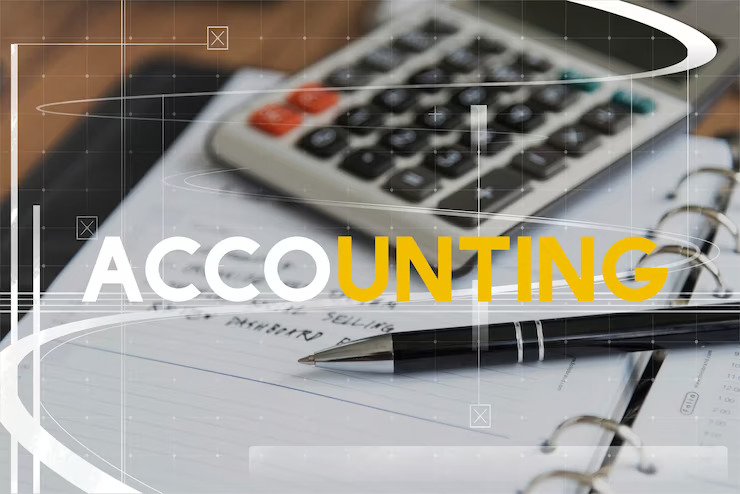How To Earn Money With PancakeSwap

Decentralized finance (Defi) has grown in popularity globally, which is why more and more people looking for investment opportunities want to know more about them.
One of the fast-rising markets in Defi is the decentralized exchange (DEX) platforms, which have become sought-after as they offer investors convenience, autonomy, inclusion, and speed. These platforms also show significant growth potential, so many people have become more open to exploring markets supported by blockchain technology.
Binance Smart Chain, one of the leading blockchain markets in the crypto world, has recently launched a DEX trading platform called PancakeSwap. PancakeSwap, an automated market maker (AMM), permits the exchange of two tokens on the Binance smart chain. The liquidity in PancakeSwap will enable users to exchange their currencies without intermediation. Likewise, users can earn money through transaction fees and platform tokens when they invest in token farming or CAKE Syrup Pools.
9 Tips To Earn Money With PancakeSwap
If you’d like to know how to take advantage of this opportunity and earn a side income through PancakeSwap, continue reading this article.
1. Familiarize Yourself With PancakeSwap
You can use the PancakeSwap platform through its official website. However, you’ll only be able to access all features completely when you unlock the wallet. By clicking on this option, you can choose your crypto wallet and sync it with the website. Once done, you’ll see several tabs that lead to the exchange, liquidity, and earn pages.
The exchange tab is where you exchange your cryptocurrency for tokens, such as BNB, the main currency on Binance Smart Chain. You can use BNB to purchase CAKE, a token mainly used in PancakeSwap. Meanwhile, the liquidity tab shows the tokens you’ve gained as you deposit crypto into a PancakeSwap pool. You can choose from various pools, and you can deposit your crypto funds on several pools at a time.
Other essential information about PancakeSwap that you’ll need to start investing in the platform can be seen below:
2. Token Farming
Farming is a way to provide liquidity to two tokens, which means that they’ll be available for exchange into other tokens. When farming, you must choose two cryptocurrencies you own and stake them in pairs. Some examples of pairings you can consider are as follows:
- CAKE – BNB LP
- USDT – BUSD LP
- DAI – BUSD LP
- BETH – ETH LP
- LINK – BUSD LP
- TWT – BNB LP
- USDC – BUSD LP
The token pair you stake is converted into a liquidity provider (LP) token. LP tokens are put into the farm, and you start gaining CAKE.
3. Syrup Pools
Syrup Pools is recommended for newbies in PancakeSwap. In this staking channel, you’ll only need to stake CAKE and earn CAKE in return. You also can join auto pools wherein your earnings will be reinvested in the pools, allowing you to earn from what you’ve initially gained.
4. Investment Risks
The risk of investing your CAKE funds in pools is that your earnings can be affected when the value of CAKE suddenly drops, and you’re left with many. However, the reverse can also happen, allowing you to earn significantly when the value increases.
Meanwhile, farming commonly offers better results, though it comes with the risk of impermanent loss. This type of loss occurs when the value of the pair or individual tokens changes. When this happens, it’s possible for your initial capital to depreciate, which is a common scenario when investing using any form of digital currency. Given this, the investment return usually outweighs the risks for many investors, which is why PancakeSwap continues to gain popularity.
5. Prepare Your Resources
Once you’ve familiarized yourself with the terminologies and processes involved in PancakeSwap, you can gather your resources and start investing to earn money. To begin, you’ll need to open a cryptocurrency wallet or have one ready and connect it to your PancakeSwap. Once connected, you can now access more features in the PancakeSwap, including those you’ll need to start staking and earning.
You can proceed to purchase BNB, which is required when you transact in PancakeSwap. After you have a sufficient amount of BNB, you can begin to explore your investment options on the platform.
6. Buy CAKE with BNB
After purchasing BNB, you need to determine how much of your funds will be swapped into CAKE and how much will be retained on their original token forms. Your selection may depend on how you intend to invest. For instance, farming your tokens may be easier if you swap your BNB to CAKE and keep the rest as they are to make an equal number of pairs of tokens. If you intend to pool, on the other hand, you can exchange any amount of BNB for CAKE and proceed to make your investment.
7. Stake In Pools
Select a pool you’d like to stake your tokens in. To pick the most lucrative one for investment, you’ll have to do your research and compare growth potential. You can also consider auto pools if you’d like to keep your investment in a specific pool for a longer duration as it will automatically allow you to invest your earnings back into the pool. Doing so in the long term can help you yield better investment returns.
8. Farm
You can also choose to farm your tokens to earn money in PancakeSwap. To start farming tokens, exchange the tokens you currently have for LP tokens in the Liquidity menu. Afterward, choose the ‘Add Liquidity’ option to select the token pair you want to use for farming. Then, select ‘Enable’ on the corresponding pool and use the add button to determine how many LP tokens you’ll add to the pool.
9. Harvest
After accumulating enough CAKE, you can harvest or claim your earnings by depositing them into your wallet. There may be transaction fees involved when you do so, so you’ll need to select a good time to withdraw your tokens.
Conclusion
While it’s relatively new to the digital market, PancakeSwap offers a promising opportunity for newbie crypto investors to grow their money. This AMM is considered to be beginner-friendly, and it allows users to earn rewards easily. Moreover, it has a growth potential worth taking a chance on, so it’s wise to act fast and grab the opportunity as early as possible.
Additionals













